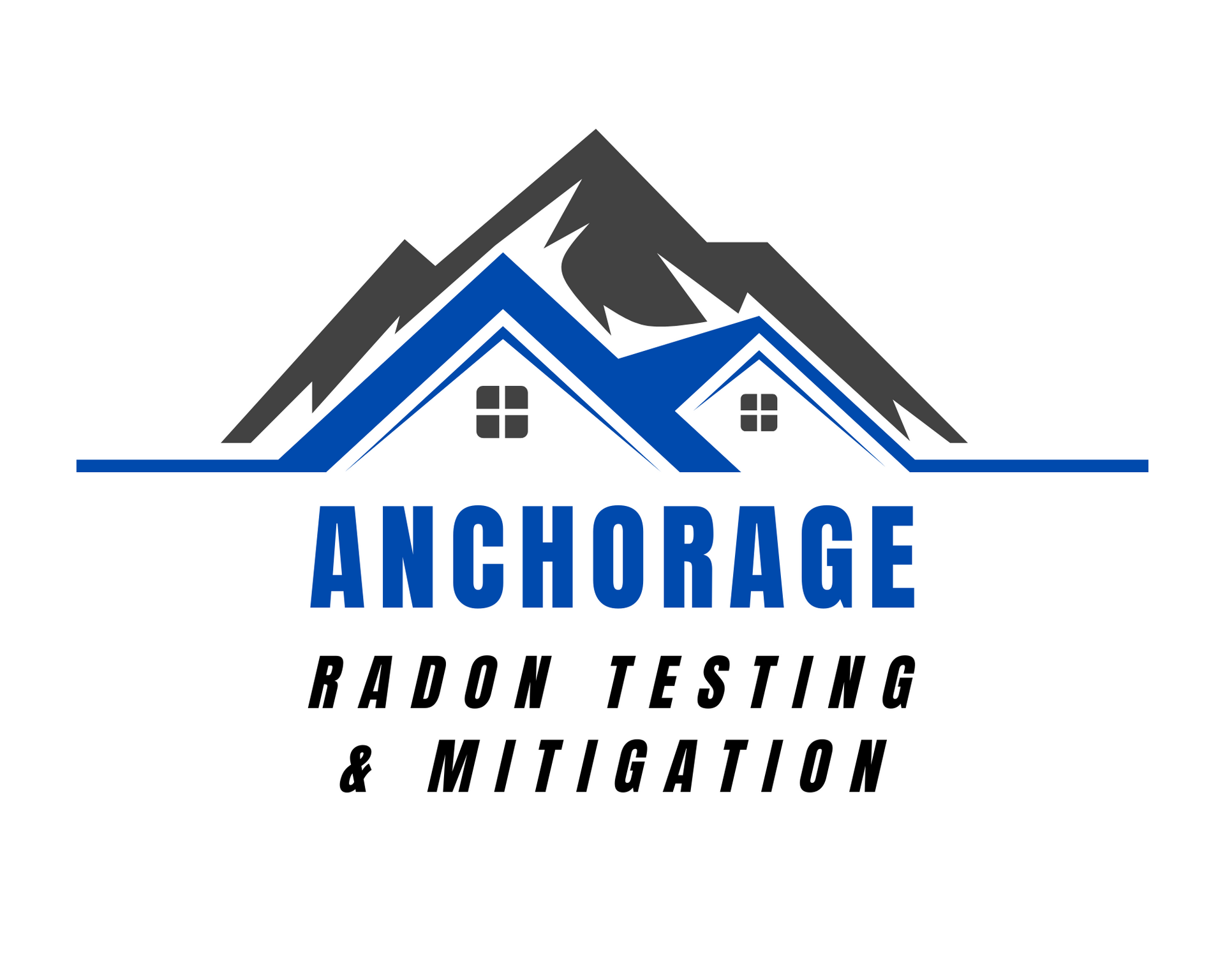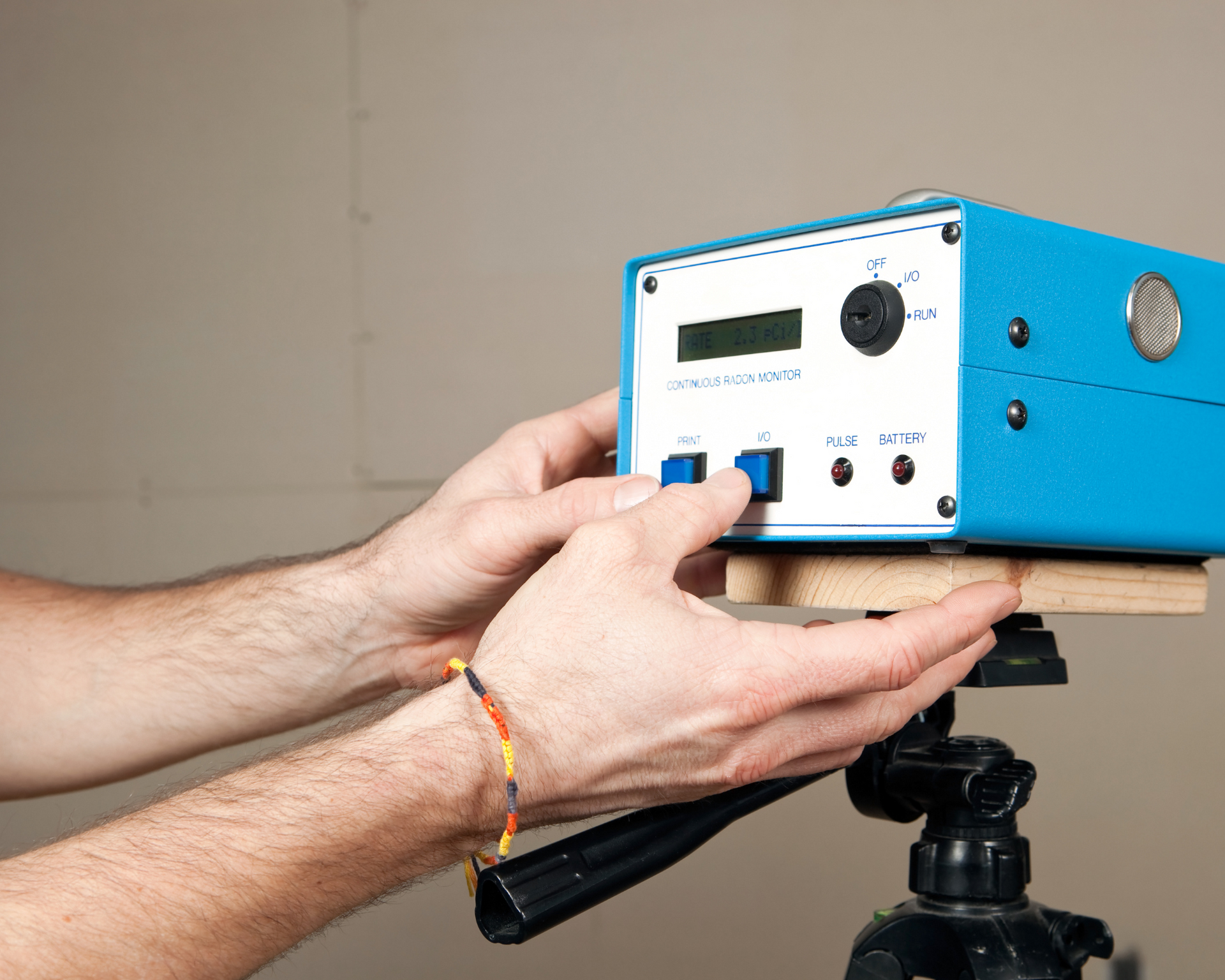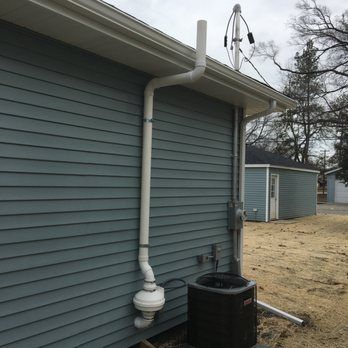
The Top Myths About Radon Identified and Exposed
Radon is a silent but potentially deadly radioactive gas. The dangers of radon are real. Radon occurs naturally in the soil and rocks underneath a house’s foundation. Radon gas can seep inside but it can’t be smelled, tasted or seen. Because its odorless and colorless, it can become a constant risk for home or building occupants who may be unaware of the risk it poses to their health. Radon gas is the number two leading cause of lung cancer. The U.S. Environmental Protection Agency (EPA) estimates that radon causes 21,000 radon lung cancer deaths annually.
Despite the availability of solid information on the effects of radon on public health, there are common myths that persist.
Myth #1: Radon gas is only a problem in certain parts of the country.
Some people believe that release of radon gas is only a problem in areas with high levels of uranium in the soil. However, radon gas can be found in homes all across the country, regardless of location.
The US EPA publishes a Radon Zone Map, which shows that every state in the continental and non-continental U.S. is at risk for elevated indoor radon levels, from Zone 1 (minor risk) to Zone 3 (major risk). Since radon is formed when uranium in the soil decays, it can be widely found in soil, water and air. The EPA estimates that one in fifteen homes nationally has elevated levels of radon.
Myth #2: Radon is harmless at low levels of concentratioin.
Some people have been lead to believe that if their radon levels are below the EPA’s recommended action level of 4 pCi/L (picocuries per liter), they don’t have to worry about it — even when determined this through radon testing. This is a dangerous myth.
You can say that the risk of radon poisoning and lung cancer increases proportionally with increased levels of radon, any detectable levels of radon may still be harmful. Even at a level of 2 pCi/L, there is a 1 in 500 chance of developing lung cancer from radon exposure, per the EPA.
Myth #3: Radon testing is expensive and difficult.
Some people are still reluctant to have their homes tested for radon because they believe testing is expensive and difficult. To the contrary, radon testing is quite simple and affordable. At the simplest levels there are a number of DIY radon testing kits available for purchase online or at your local hardware store. But for more accurate testing, guidance, and mitigation, you should hire a professional.
Remember that with radon, you can’t see it, smell it, or taste it., despite you being unaware, radon may be present in and around your home. With proper testing, detection and mitigation, radon poisoning, can be avoided, thereby keeping your home, building, and loved ones safe.
Earn the peace-of-mind you can only get by having your home or building tested by Anchorage Radon Detection & Mitigation. Our professional team consult with you and outline your radon mitigation options. And provide you with an affordable, safe, non-invasive method of reducing the risks of radon risk forever.

LOCATION
Anchorage, Alaska, 99502
Powered by Snapps








